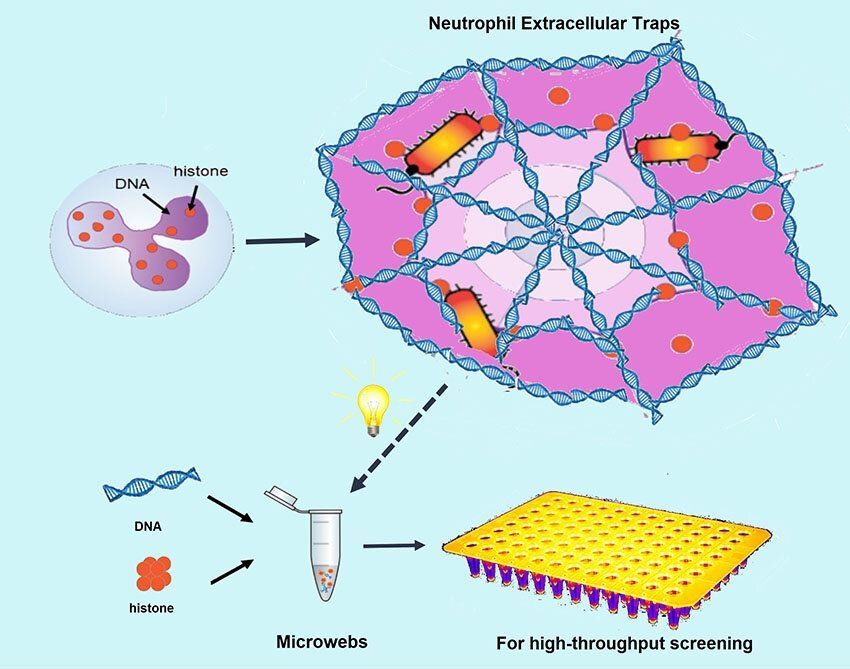A new breed of algorithms has mastered Atari video games 10 times faster than state-of-the-art AI, with a breakthrough approach to problem solving.
Designing AI that can negotiate planning problems, especially those where rewards are not immediately obvious, is one of the most important research challenges in advancing the field.
A famous 2015 study showed Google DeepMind AI learnt to play Atari video games like Video Pinball to human level, but notoriously failed to learn a path to the first key in 1980s video game Montezuma’s Revenge due to the game’s complexity.






